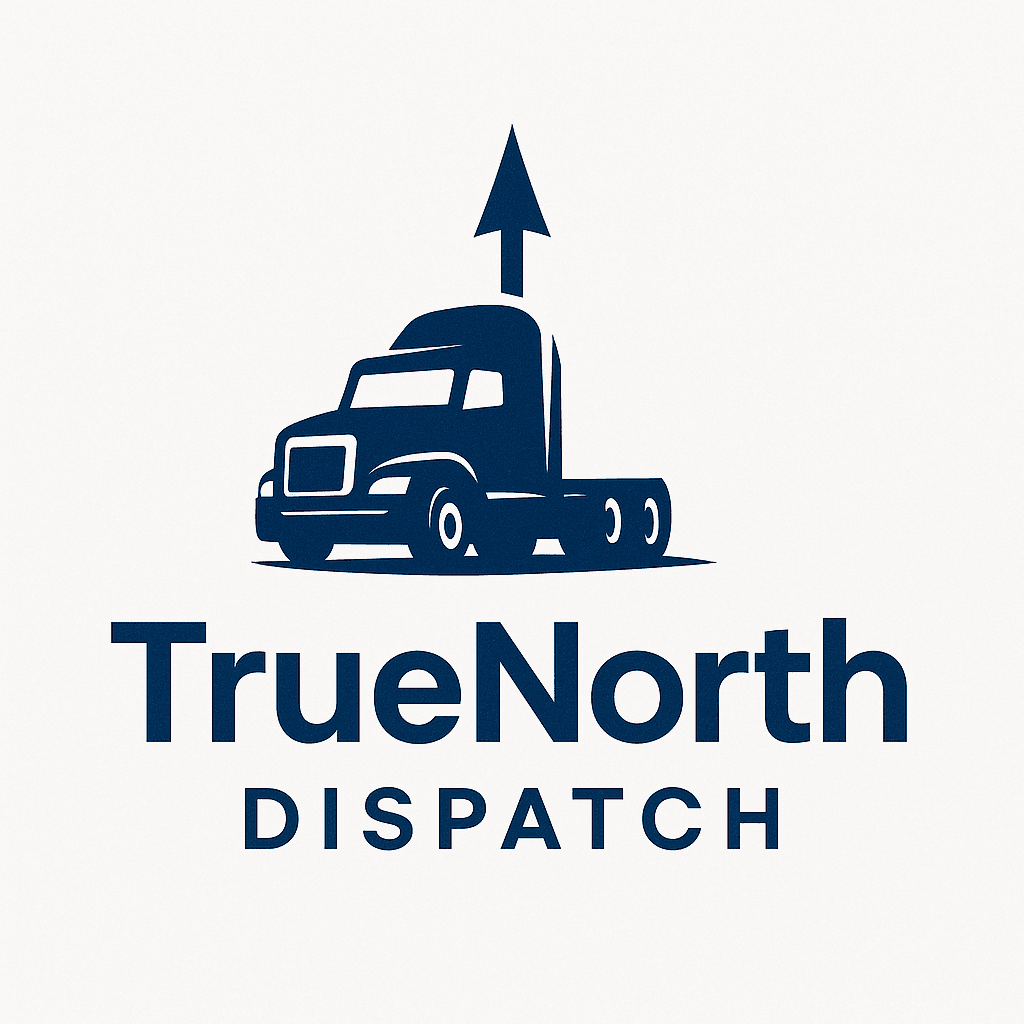How to Optimize Load Management for Seasonal Freight Surges
Understanding Seasonal Freight Surges
Seasonal freight surges are a common challenge for logistics and supply chain professionals. These surges typically occur during holiday seasons, promotional events, or agricultural harvests. The increased demand can put a strain on existing resources, leading to inefficiencies and increased costs. To navigate these challenges effectively, businesses need to implement strategic load management practices.

Assessing Capacity and Demand
The first step in optimizing load management is to assess your current capacity and forecast demand accurately. By analyzing historical data, businesses can predict when seasonal surges are likely to occur. This information helps in planning for additional resources, such as more vehicles or temporary staff, and ensures that the supply chain can handle increased loads efficiently.
Using Data Analytics
Leveraging data analytics can significantly enhance forecasting accuracy. With advanced analytics tools, companies can identify patterns and trends that may not be immediately obvious. These insights allow for better decision-making and resource allocation, ensuring that you are prepared well in advance of a surge.

Enhancing Collaboration with Partners
Collaboration with supply chain partners is crucial during peak seasons. Open communication with carriers, suppliers, and customers can help in aligning expectations and ensuring smooth operations. Establishing strong relationships and collaborative agreements can lead to more flexible arrangements during surges.
Building a Reliable Network
A robust network of partners can provide additional capacity when needed. By having backup carriers or alternative routes ready, businesses can mitigate risks associated with sudden demand spikes. It's essential to maintain these relationships throughout the year, so they are reliable during peak times.

Implementing Technology Solutions
Technology plays a pivotal role in optimizing load management for seasonal freight surges. Implementing transportation management systems (TMS) can streamline operations and improve visibility across the supply chain. These systems allow for real-time tracking, automated scheduling, and better resource utilization.
Investing in Automation
Automation can reduce manual errors and speed up processes within the logistics chain. Automated systems for inventory management, route planning, and freight booking ensure that operations run smoothly even during busy periods. This efficiency translates into cost savings and improved customer satisfaction.
Flexible Staffing Strategies
Managing workforce requirements is another critical aspect of handling seasonal freight surges. Employing flexible staffing strategies, such as hiring temporary workers or cross-training existing employees, can help meet demand without overextending resources.
Training and Development
Investing in training programs for permanent staff ensures they are equipped with the skills needed to handle increased workloads efficiently. Additionally, cross-training employees allows for a more adaptable workforce that can shift roles as needed during busy periods.

Continuous Improvement
Finally, businesses should adopt a mindset of continuous improvement. After each surge period, conduct a thorough review of what worked well and what could be improved. Collect feedback from all stakeholders, including employees and partners, to refine strategies for future peaks.
By implementing these strategies, companies can optimize load management during seasonal freight surges, ensuring smooth operations, cost efficiency, and improved service levels. Embracing technology, collaboration, and flexibility will not only address immediate challenges but also strengthen the overall resilience of the supply chain.
